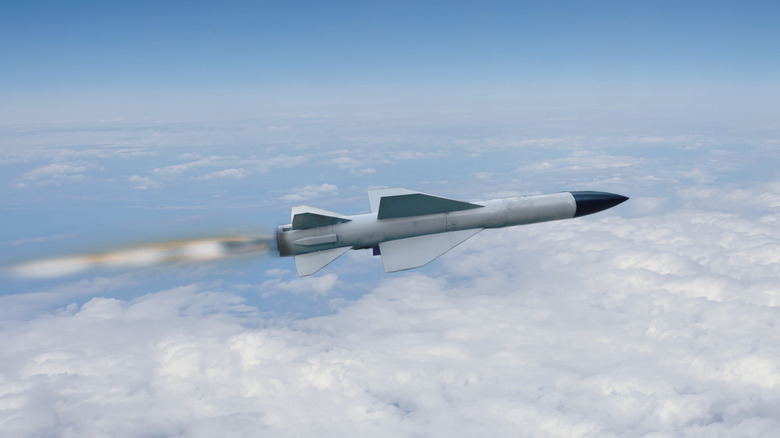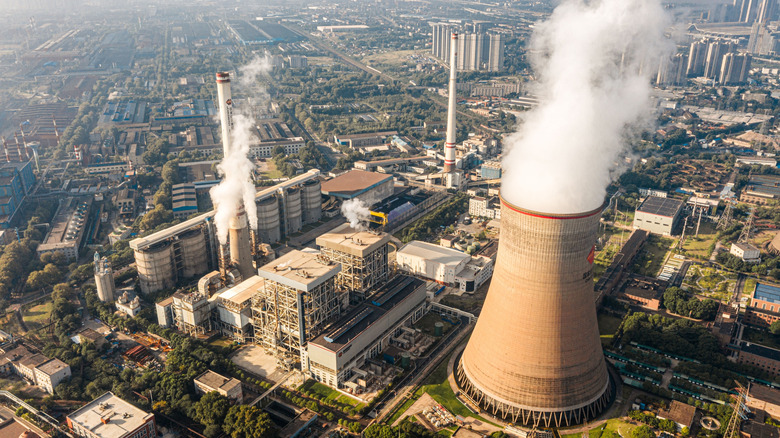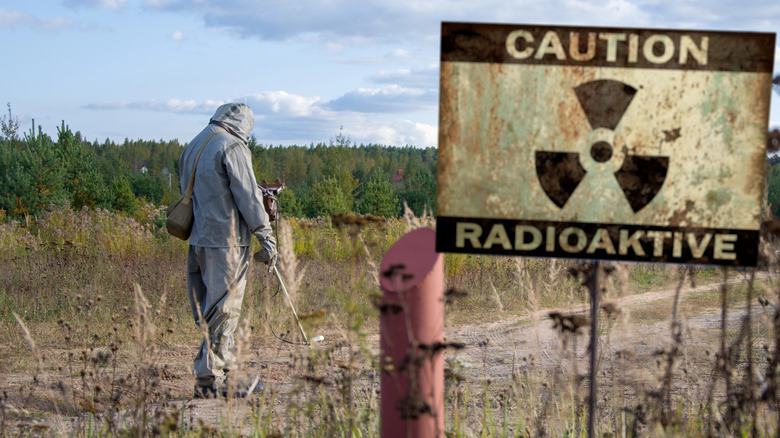How Do Nuclear Powered Missiles Work?
It was in the 1960s that the United States tried something new. It was called Project Pluto and its goal was to develop a nuclear-powered missile. However, the project was left uncompleted due to concerns about the risks inherent in this type of power. Nuclear-powered missiles break the mold of traditional missiles. Instead of using a chemical propellant, nuclear-powered missiles use air superheated by nuclear fission. The key piece of tech here is the ramjet engine, which provides explosive speeds with an extremely long range when combined with nuclear power. Now, Russia claims it has successfully tested its own nuclear-powered missile.
There is a rising interest in nuclear power in general, including the U.S. government wanting to build next-gen nuclear reactors. There is a good reason, though, that missiles with nuclear power are not used. Nuclear power is inherently risky and dangerous. Putting a nuclear reactor inside a missile that will be flying at high speeds is a recipe for disaster. Nuclear reactors are difficult to build and maintain. If something goes wrong in-flight, it could explode before it reaches its target. If the missile hasn't even left its homeland when such a disaster happens, the very people it was meant to serve will instead be the victims. And even though Russia is confident about its nuclear-powered missile program, it has already left death in its wake.
How nuclear-powered missiles work
A nuclear-powered missile functions much like a cruise missile, which is a low-flying, pre-programmed vehicle that sustains flight along a set route. Instead of a conventional chemical combustion engine, these missiles use a ramjet engine. First, either an aircraft or a conventional propellant brings the missile up to a minimum speed. Air intakes on the missile compress and heat the ambient air, which is then further heated by the fission reaction of the nuclear core. When that hot, pressurized air is allowed to expand, it acts as the working propellant. Because nuclear fuel delivers far more energy per mass than chemical propellants, only a small amount of fissile material would be required.
This type of power is strong and long-lasting. Russia claims its own test flight flew 8,700 miles within 15 hours. To put that into perspective, it is about the same distance between New York City and New Zealand. Russia calls its missile the Burevestnik, named after the storm petrel seabird. This test flight happened on October 21, 2025. Russia seems to be pushing technological advancements in warfare, like its formidable jet-powered drone. If successful, this missile would be extremely dangerous.
The risks of using a nuclear-powered missile
There is a reason these are not commonplace. When Russia was testing a similar missile in 2019, it exploded. Seven people were killed, and atmospheric radiation was released. There are multiple dangers such technology poses. Nuclear reactors are heavy, which is not ideal for a fast-moving missile. It could overheat, a problem not easily solved as you don't want any open holes for airflow that could release radioactive materials.
Nuclear reactors are, themselves, very sensitive. When one is put in a missile, it opens it up to a world of danger. The weather, the elements, birds in the air, and other obstacles could be catastrophic. There is concern over such a missile emitting radioactive exhaust, endangering everything and everyone it flies over, and the fact that anyone underneath it as it passed over would likely be killed. The world is already familiar with disasters like Chernobyl, even though Russia dislikes the topic so much it hates HBO's TV series on the event.
There's also the problem of long-term storage. A nuclear-powered missile wouldn't be developed and instantly launched. If anything happens to it in storage, or if an enemy finds out where it's being kept and attacks, the results would not be good. In fact, anything that goes wrong with a nuclear-powered missile could harm the country that owns it. It opens up the question of whether or not the risk is worth the reward.


